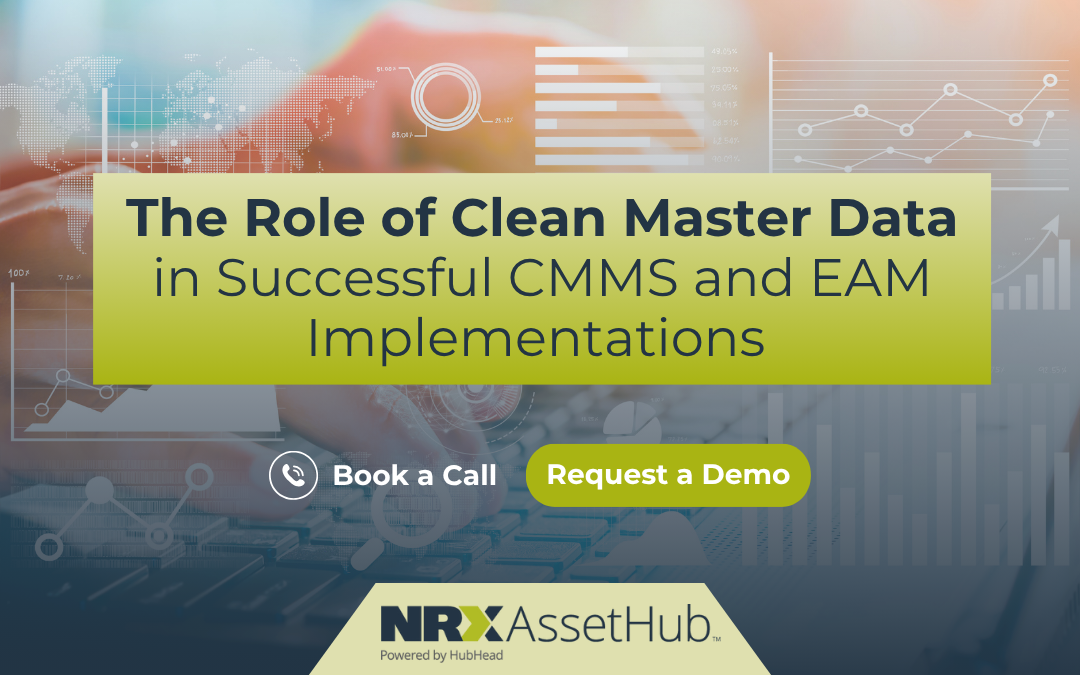A modern CMMS or EAM system is only as strong as the data it runs on. While organizations invest millions in enterprise systems, they often overlook a critical component: clean and structured master data. According to previous studies, poor master data quality costs organizations an average of $15 million per year in operational inefficiencies.
Inaccurate or incomplete parts data can derail even the most advanced maintenance programs. This could result in costly errors in work execution and inventory management. Poor data quality not only impacts present-day operations, but also creates long-term obstacles for AI adoption and digital transformation efforts.

The Hidden Cost of Dirty Data
Duplicate and obsolete materials clutter EAM systems, making it harder for maintenance professionals to find the right parts when they need them. Poor naming standards lead to confusion, misorders, and wasted wrench time. Without classification or critical data such as lead time or equipment association, it becomes nearly impossible to plan effectively or optimize the supply chain. These problems don’t just slow things down but drive up costs, increase asset downtime, and erode trust in the system.
A Harvard Business Review study revealed that data issues can cause employees to waste up to 50% of their time hunting for information, fixing errors, or double checking work thereby driving significant hidden costs in maintenance operations.

Smarter Tools for Smarter Maintenance
Modern asset-intensive organizations are turning to AI-driven tools and automation to solve long-standing data quality challenges. Automated classification and machine learning models can streamline the cleansing of large material masters and improve consistency across records. These technologies not only reduce manual effort, but also make it easier to enforce naming standards and identify obsolete or redundant entries.
As the volume of asset and maintenance data grows, organizations that leverage automation are better positioned to maintain high data quality at scale. This lays the groundwork for more reliable analytics, predictive maintenance, and digital transformation initiatives.
Turning Data into Action
Clean data unlocks real business value. Maintenance teams can confidently plan work orders and reduce spare part inventory waste. Clean material masters also support better analytics, reporting, and strategic decisions, especially when moving to next-gen systems such as SAP S/4HANA. A study shows that organizations with accurate maintenance data can achieve 30 to 50% less machine downtime, translating master data quality directly into operational gains.
Conclusion
Digital transformation in asset management starts with the basics. Without trustworthy data, even the best EAM or CMMS system will fall short. Investing in materials cleansing isn’t just a technical fix, it’s a strategic move that drives efficiency and enables true operational excellence. Research confirms that investing in data quality yields measurable ROI, especially in asset-intensive industries where reliability and lifecycle decisions depend on trusted data.
Integrating AI P&ID Extraction with Asset Management Systems
ISO 14224 vs Other Maintenance Standards: What Sets It Apart?
Building Trust in Your Asset Data: Strategies for Governance
Share this article




